Moldavite: Gemstone and Jewelry
Moldavite is a rare gemstone with a distinct green color that has captured the attention of gem enthusiasts and collectors for years. It is a tektite, which is a type of naturally occurring glass that is formed when a meteor impacts the earth's surface. Moldavites are found in various countries across Europe, with the largest deposits in the Czech Republic. In recent years, moldavites have gained popularity in the jewelry industry due to their exceptional aesthetic appeal and unique origin story. This article explores the history, properties, and uses of moldavites in jewelry making.

History of Moldavite:
Moldavite has a long history dating back to the Paleolithic era, where it was used as a talisman and amulet by early humans. The oldest-known moldavite artifact is the Venus of Willendorf, a small figurine that is believed to be over 25,000 years old and was excavated in Austria. The figurine is made of limestone, but it is believed to have been molded in the presence of moldavite, which imbued it with mystical properties. In the Middle Ages, moldavite was used in alchemy to create elixirs that were thought to cure diseases, promote longevity, and enhance spiritual awareness.
It was also believed to have healing properties due to its association with the divine feminine and the earth goddess. The name moldavite was first coined in the 18th century when pieces of the gemstone were found in the Moldau River in the Czech Republic, where most of the world's moldavites are found. It was soon discovered that moldavites were a type of tektite, a naturally occurring glass that is formed when a meteor impacts the earth's surface. Scientists speculate that a meteorite impact in southern Germany about 14.7 million years ago created the moldavites that we see today.

Properties of Moldavite:
Moldavite is a translucent green gemstone that is easily recognizable due to its unique shape and texture. It is known for its high vibrational frequency and intense energy that can be felt by those who come into contact with it. Its chemical composition is predominantly silicon dioxide, with traces of aluminum, iron, and calcium. The gemstone has a Mohs hardness of 5.5-6, which means it is relatively soft and can be scratched by harder materials.
One of the most distinctive features of moldavites is their shape, which is irregular and jagged. Moldavites are formed when a meteorite impacts the earth's surface, creating a high-temperature shockwave that melts the surrounding rocks. The molten rock is then ejected into the atmosphere and cools rapidly, forming tektites like moldavite. This explains the gemstone's unusual texture, which resembles crumpled paper or wrinkled skin.
Moldavites are found in various shades of green, ranging from pale green to deep forest green. The color of the gemstone is thought to be the result of iron oxidation in the rock. Some moldavites also exhibit a golden-brown color caused by the presence of lechatelierite, a type of silica glass.

Uses of Moldavite in Jewelry Making:
Moldavite's unique and unusual appearance has made it a prized gemstone in the jewelry industry. Its rarity and otherworldly origins give it a mystique that appeals to individuals seeking unconventional and spiritually meaningful jewelry. Jewelers often use moldavites as the centerpiece of a design, combining it with complementary gemstones such as diamonds, sapphires, or emeralds. Moldavite pendants, earrings, and rings are particularly popular, with the unusual shape and texture of the gemstone emphasized by a minimalist design.
Many people believe that moldavites have metaphysical properties that enhance spiritual awareness, aid in meditation, and promote personal transformation. They are also thought to activate the heart chakra, which is associated with love, compassion, and emotional healing. It is important to note that not all moldavites are suitable for use in jewelry making.
Some moldavites are prone to cracking or chipping due to their brittle nature, which makes them unsuitable for use in high-wear jewelry such as rings. Careful consideration should be taken when selecting moldavites for use in jewelry to ensure that they are of high quality and can withstand normal wear and tear.
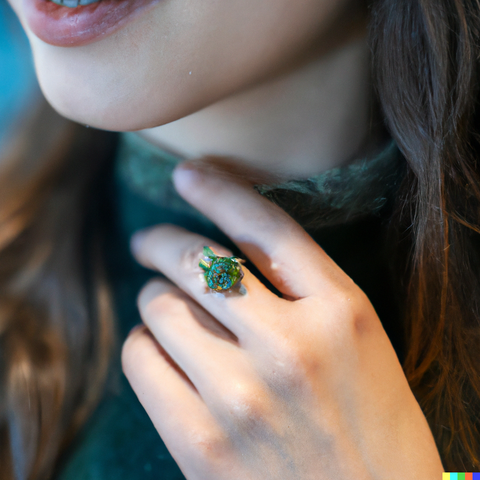
Moldavite is a fascinating and enigmatic gemstone that has captivated the attention of gem enthusiasts and collectors for generations. Its otherworldly origins and unique appearance make it a prized addition to any jewelry collection. Its metaphysical properties and association with spiritual awakening add to its allure and make it an ideal gemstone for those seeking unconventional and meaningful jewelry. As with any gemstone, careful consideration should be taken when purchasing moldavites for use in jewelry. It is important to select high-quality stones that are suitable for use in jewelry and to work with experienced and reputable jewelers to create designs that will enhance the beauty and uniqueness of this remarkable gemstone.
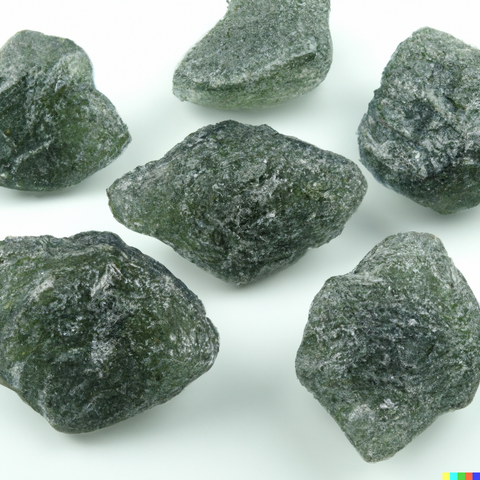



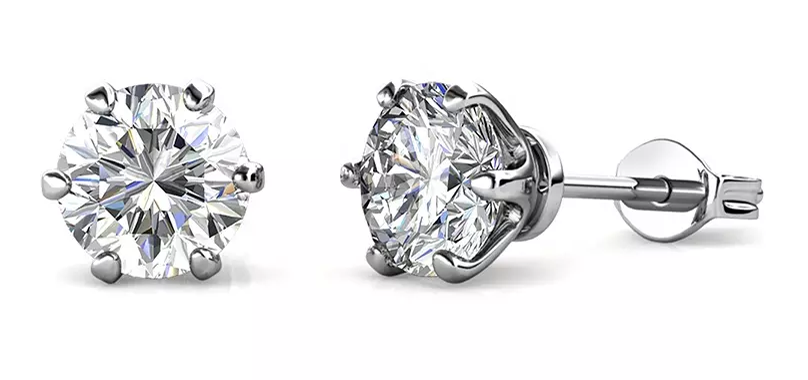
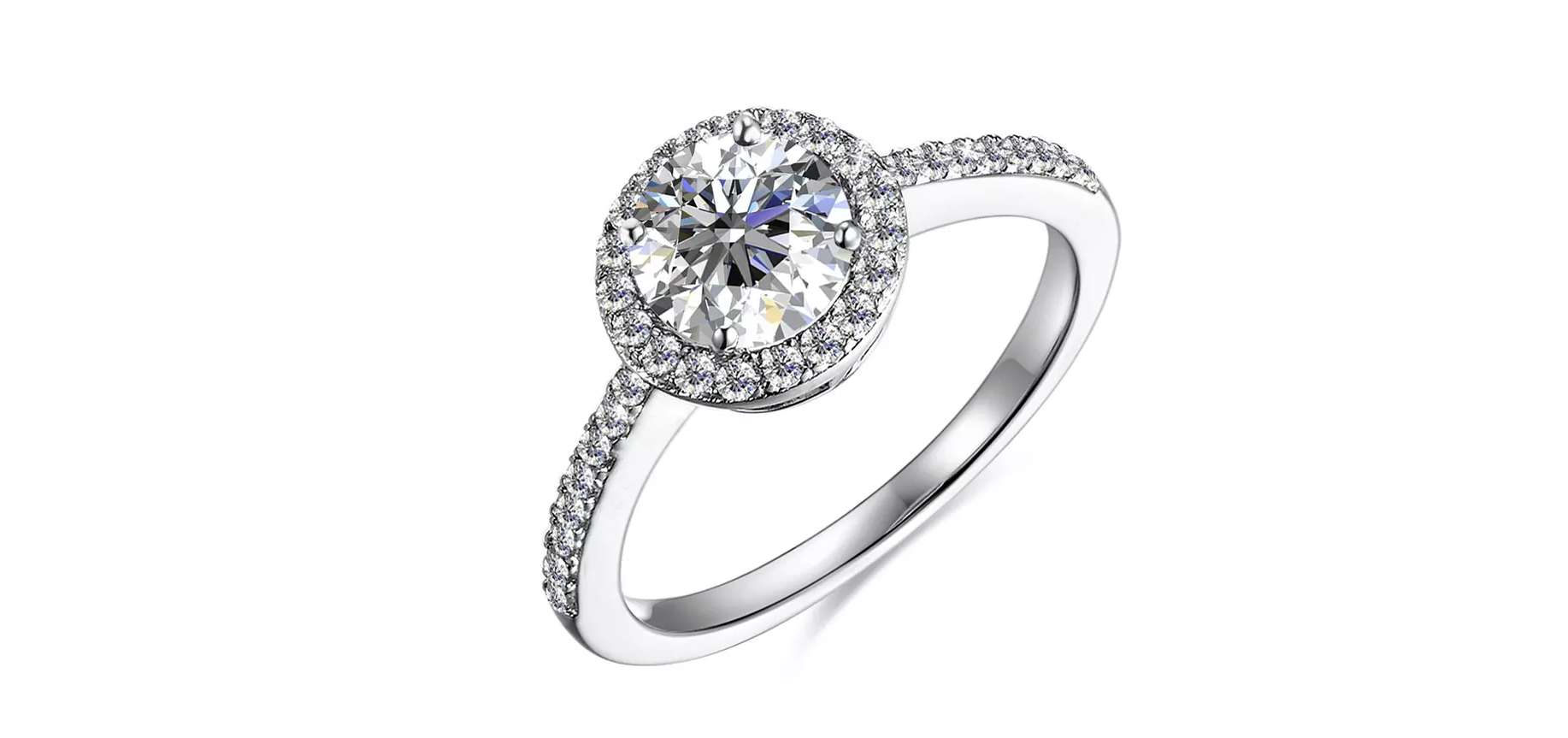
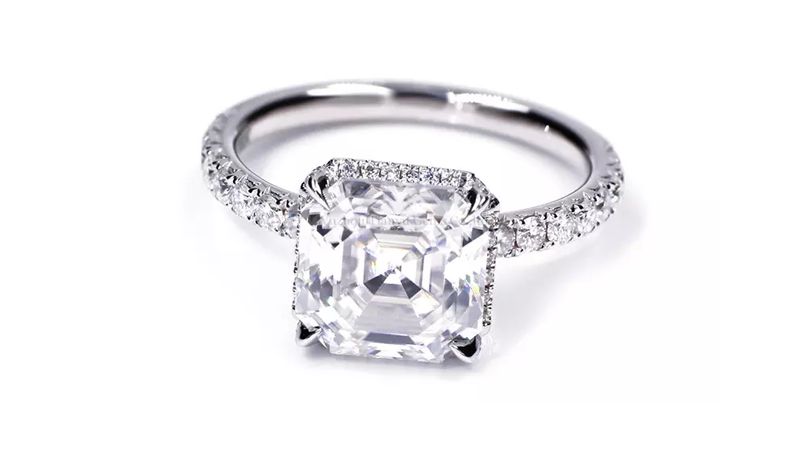
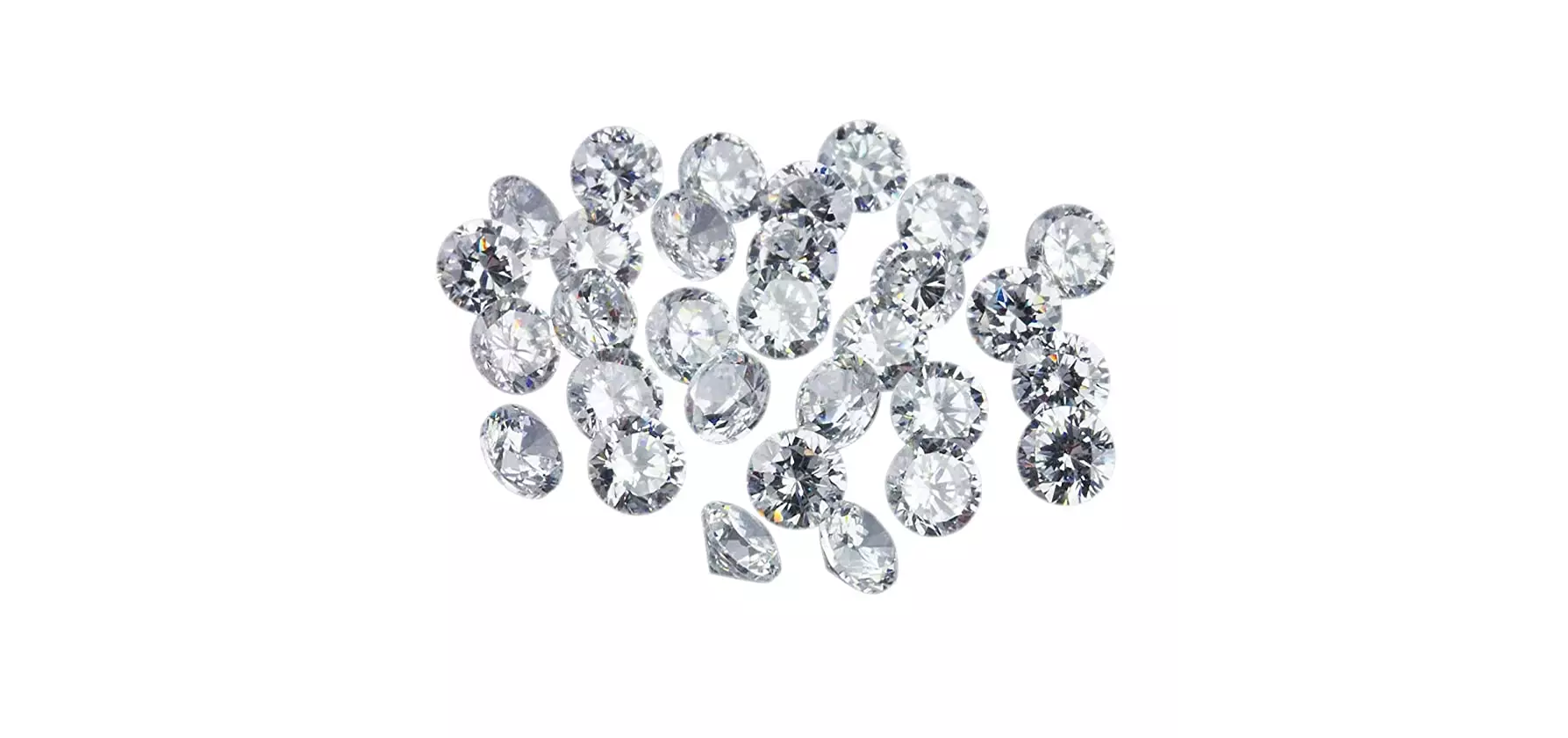
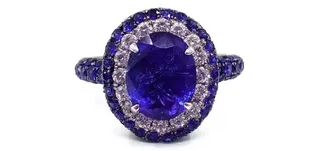
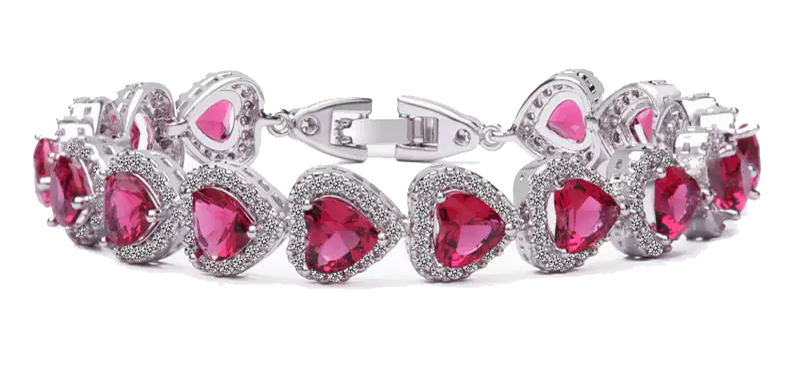
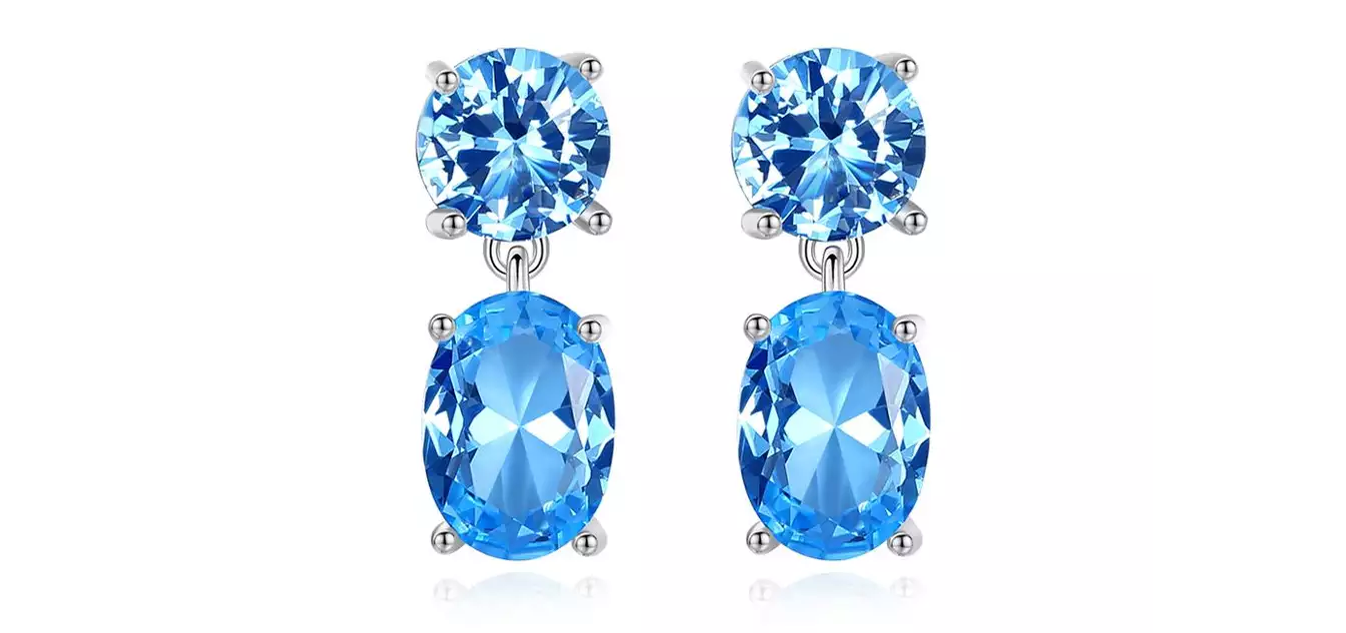
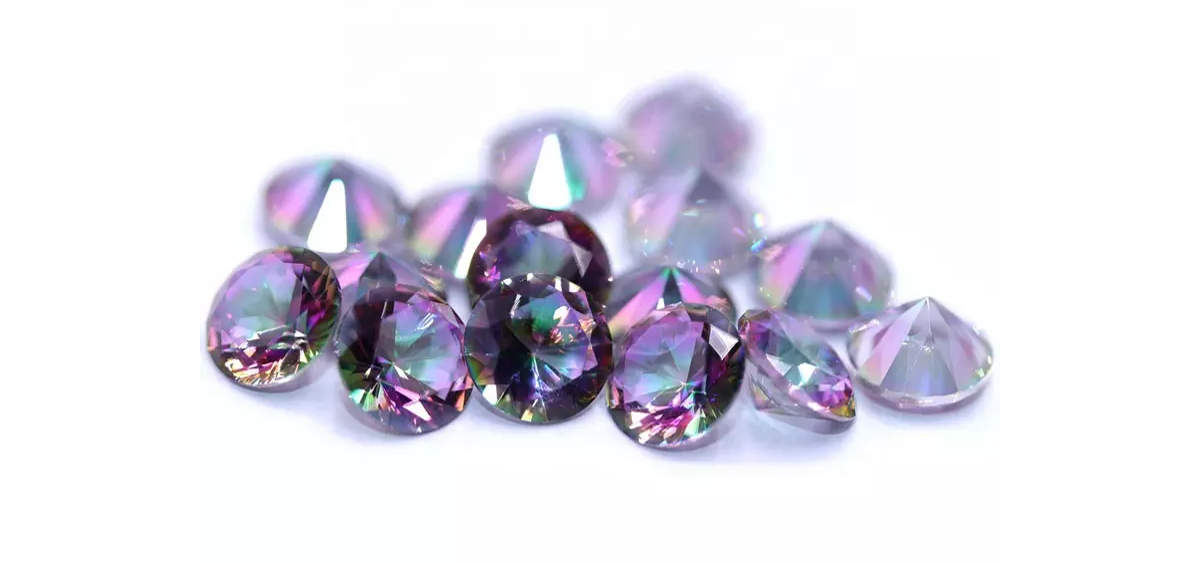
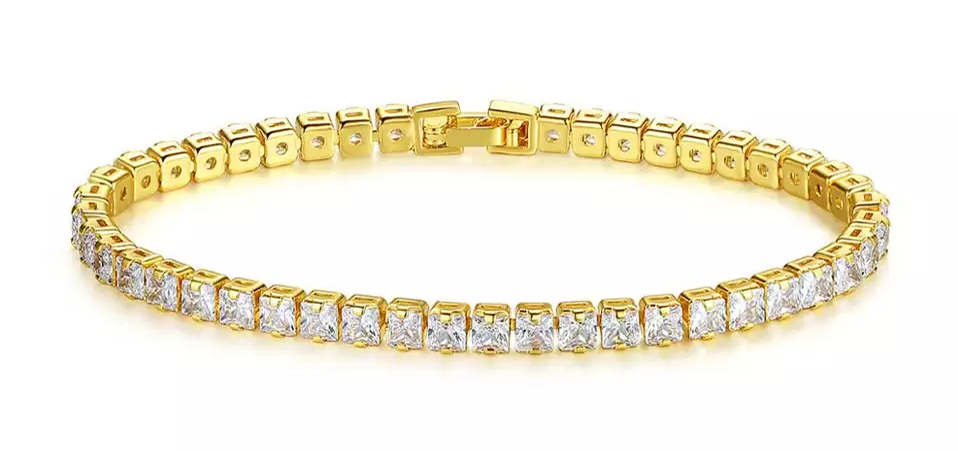
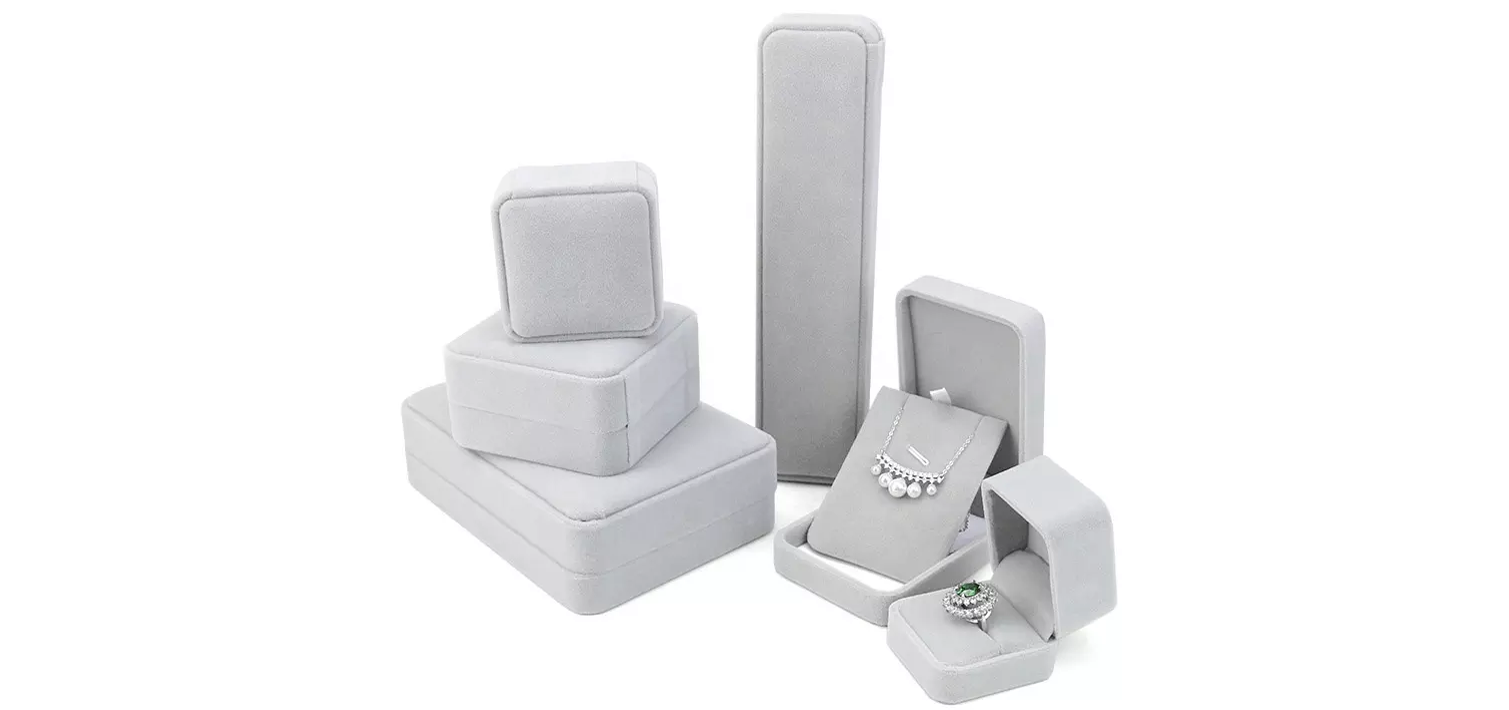
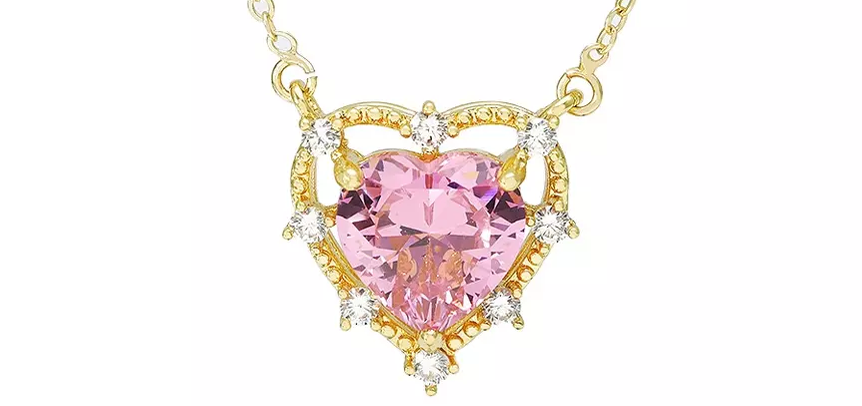

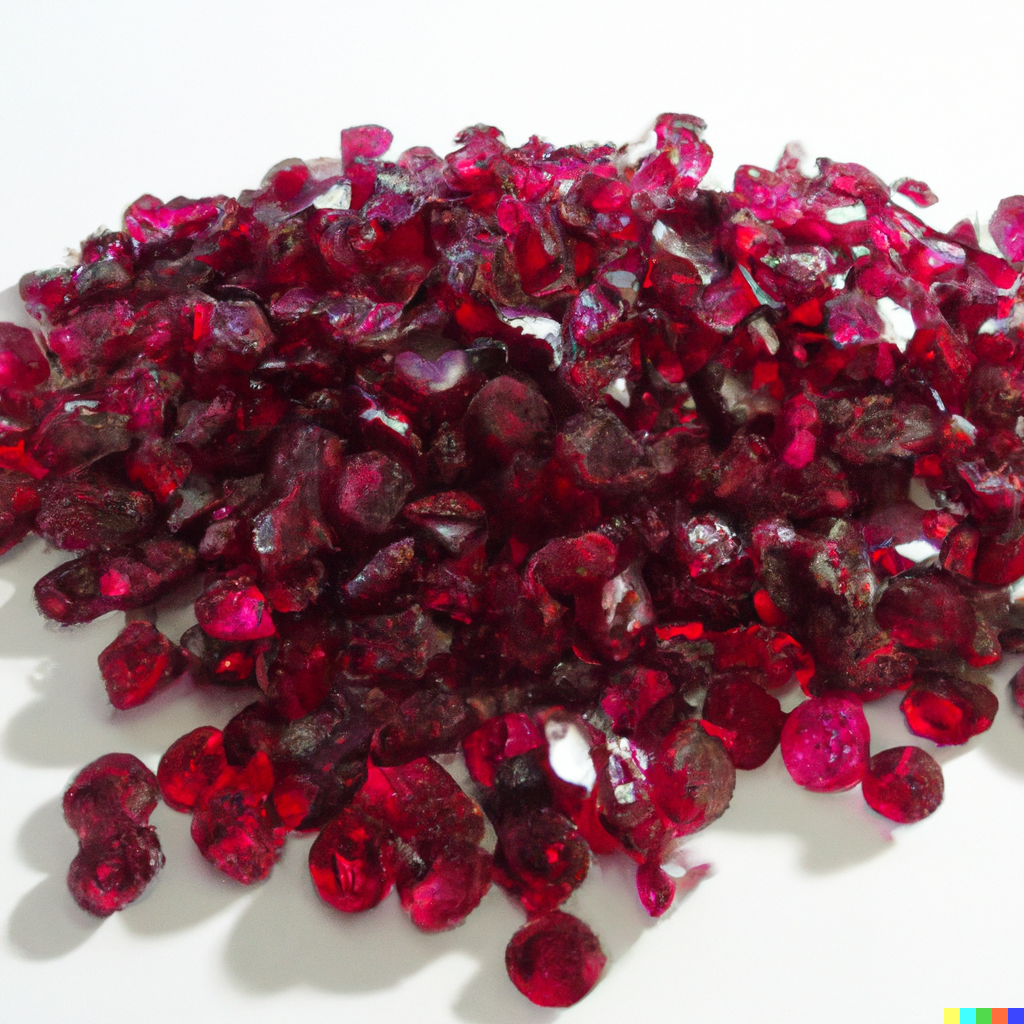
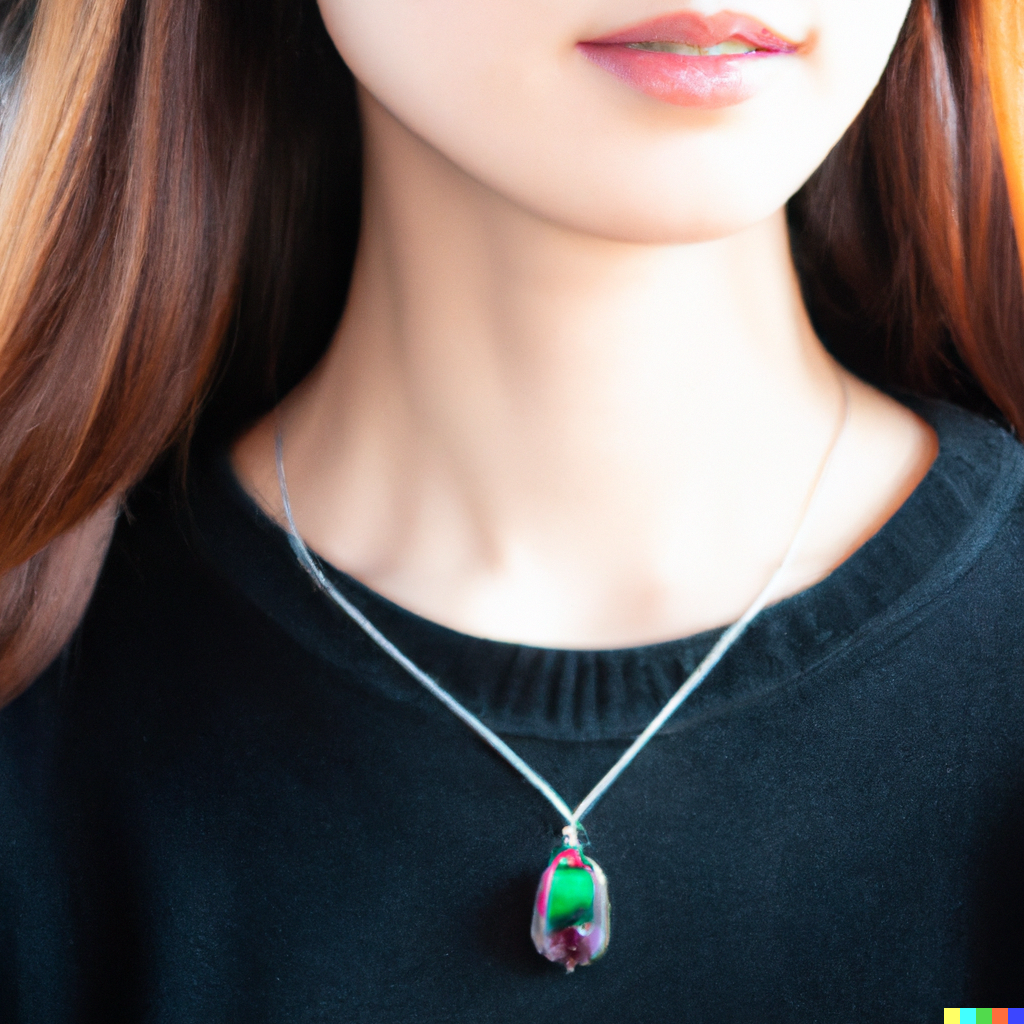
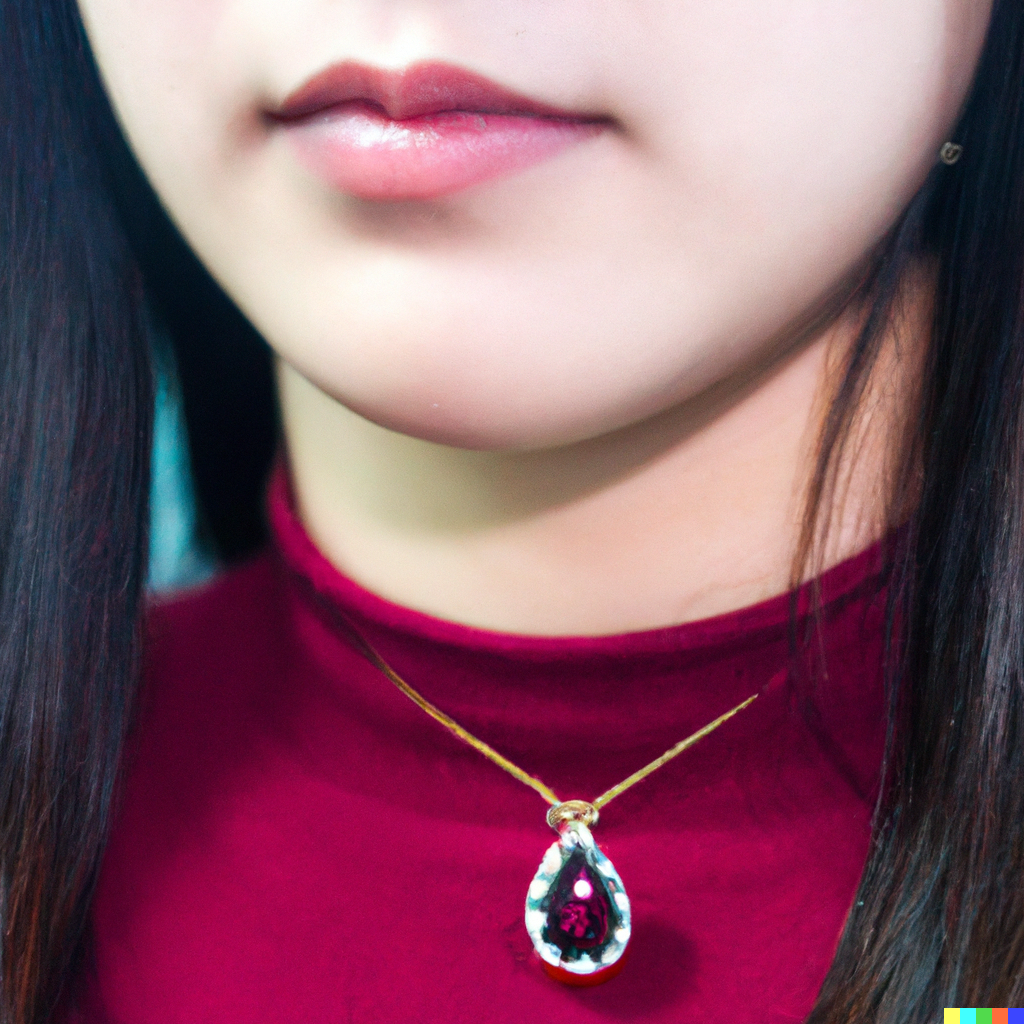
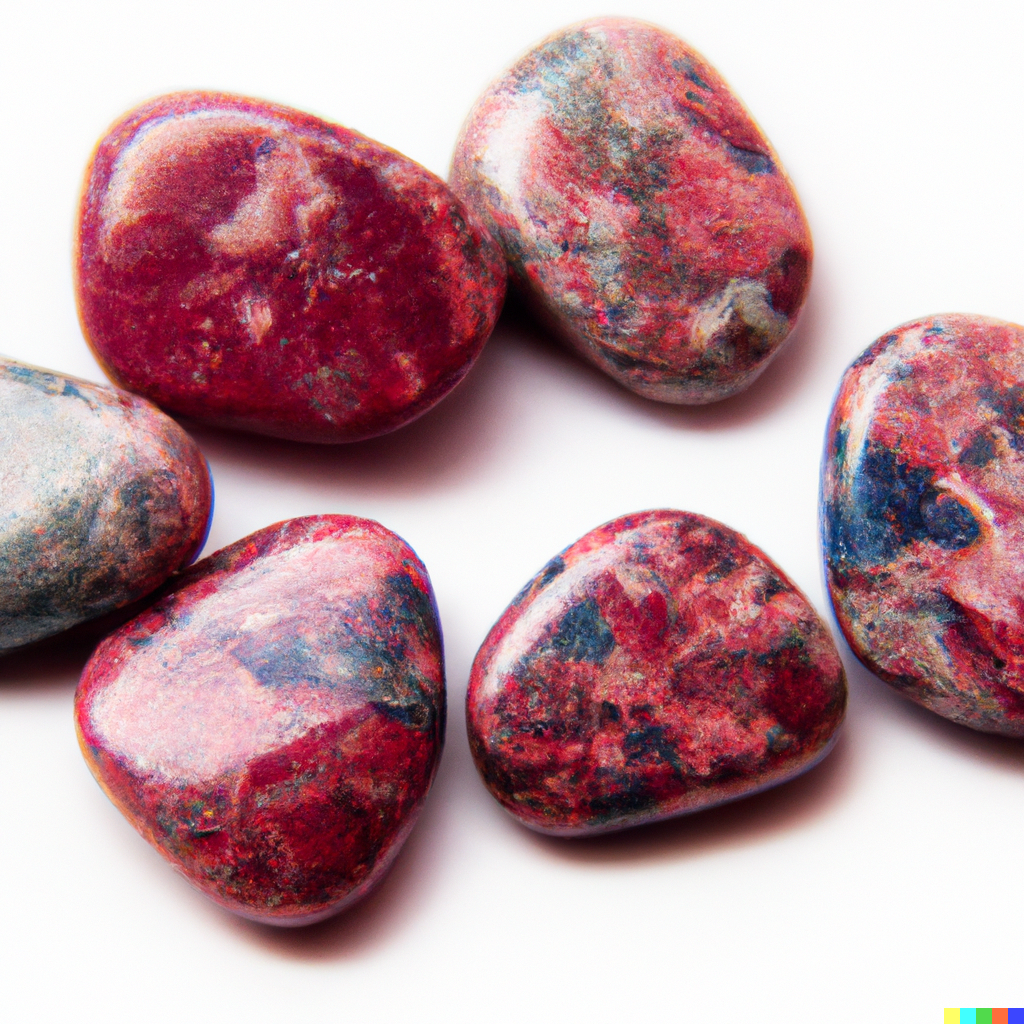
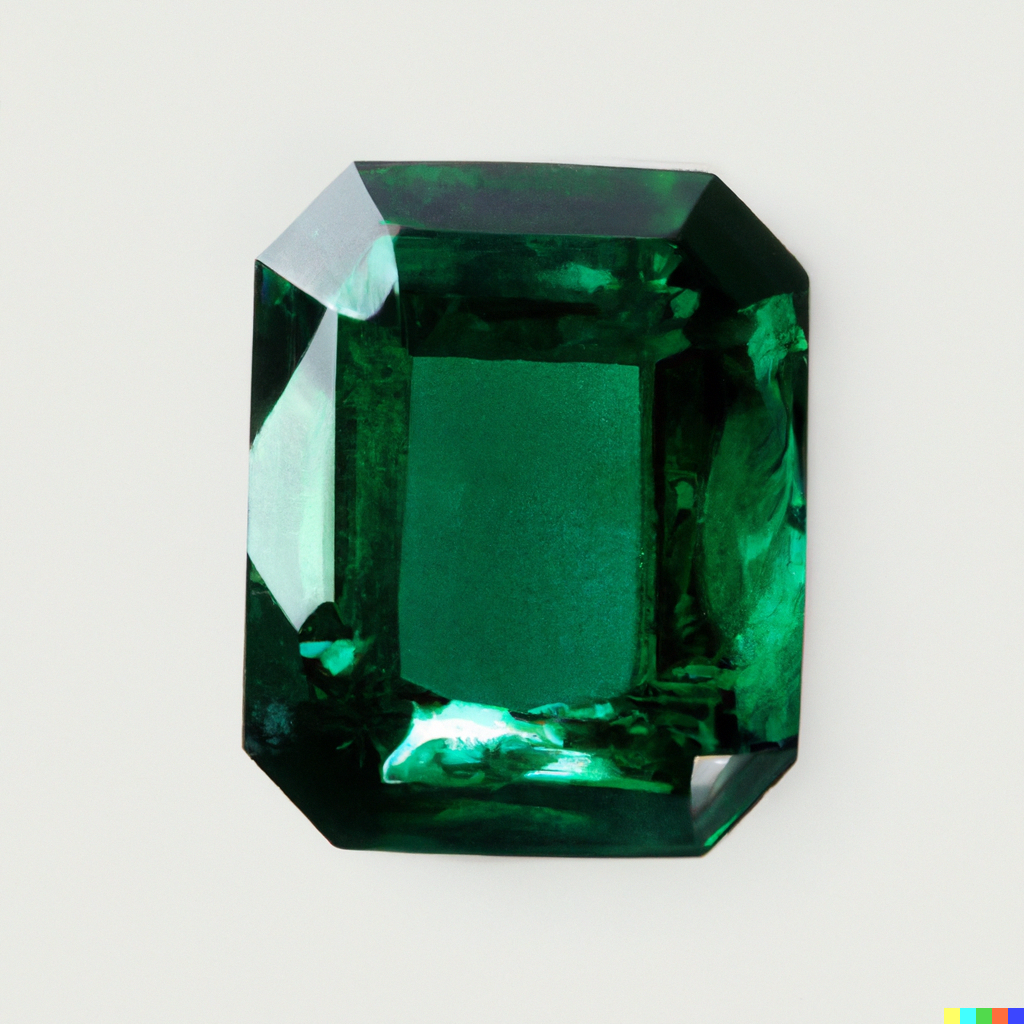
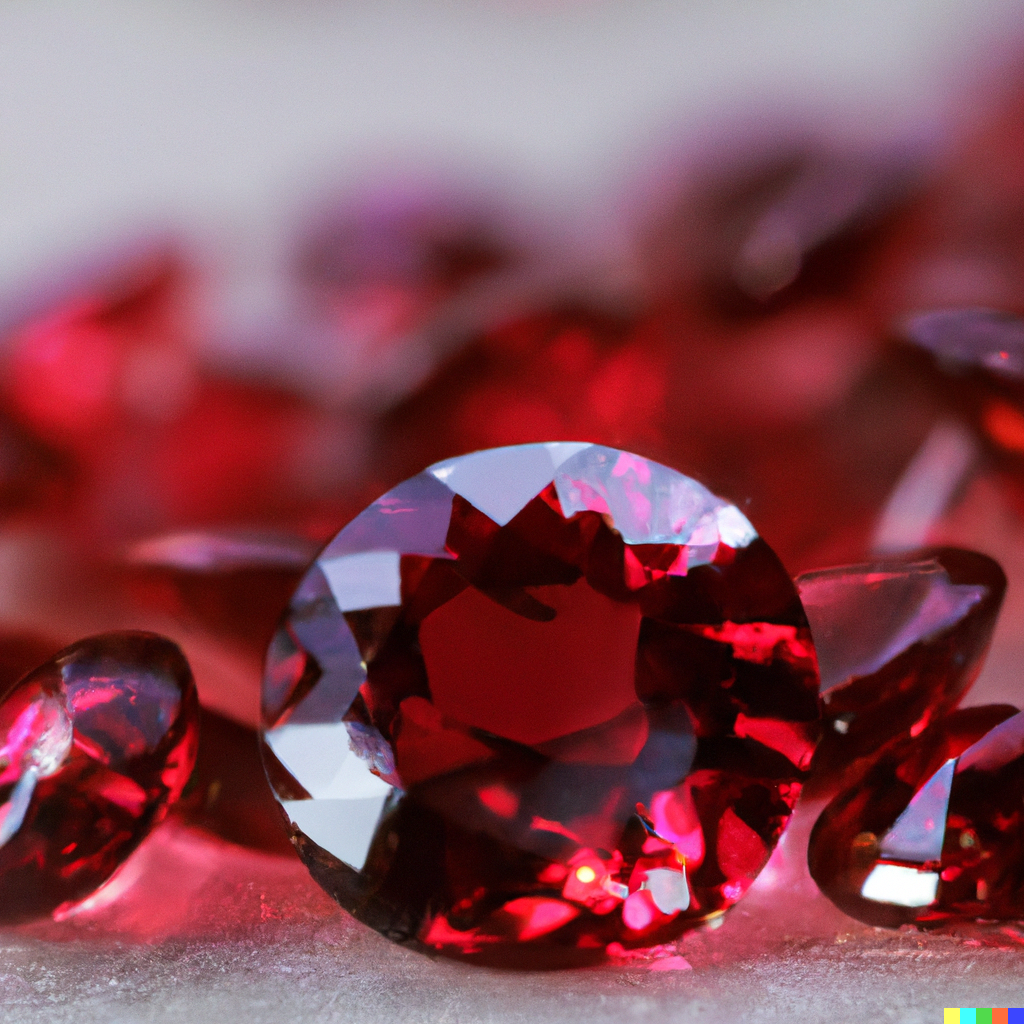
Leave a comment